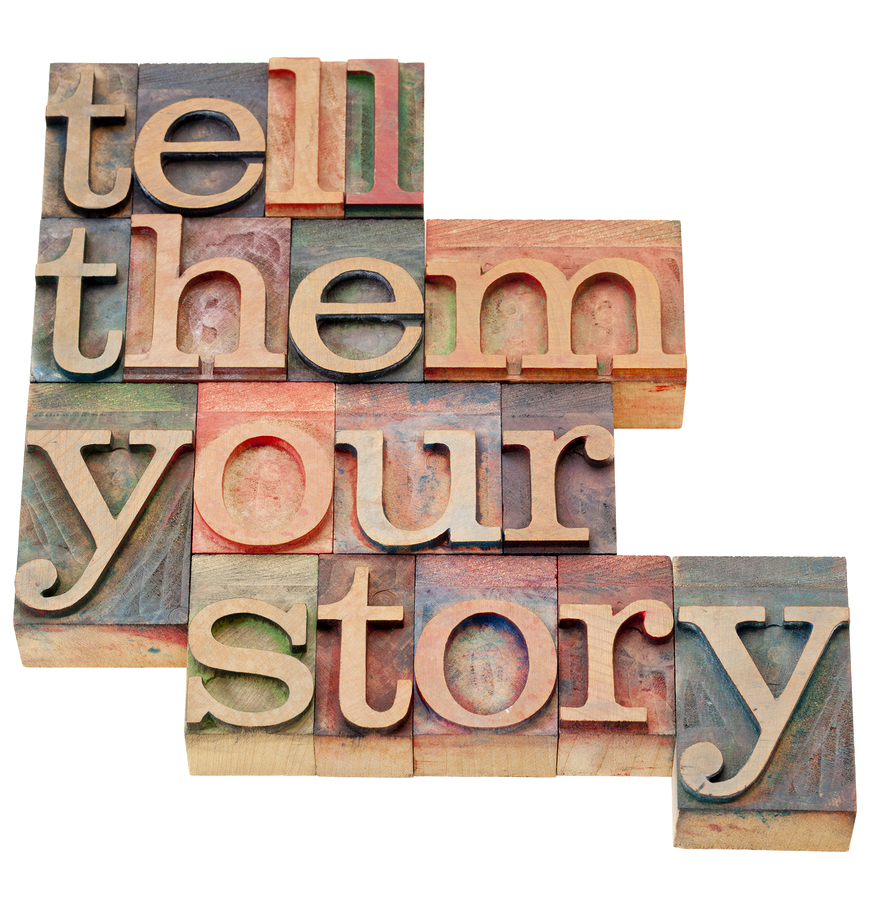 It’s time for another free webinar, and this time it’s our ever-popular “Three Stories Every Nonprofit Should Be Telling” on Wednesday, October 24. Space is limited, to reserve your spot now.
It’s time for another free webinar, and this time it’s our ever-popular “Three Stories Every Nonprofit Should Be Telling” on Wednesday, October 24. Space is limited, to reserve your spot now.
This webinar will be our annual Nonprofit Marketing Guide community fundraiser for Positive Wellness Alliance (PWA), an organization that helps low-income people with HIV/AIDS in the rural part of North Carolina where I live. In the last two years, we raised over $1,200 each year to fight HIV disease, and that’s our goal for this year too.
I’m requesting that you donate $10 when you register, but this is a free will donation, so you can also register for free without donating. I serve on the PWA board and pass 100% of the donations to PWA (I cover all of the processing fees). Julie Meyer, the executive director of PWA, will join us live on the webinar.
As of this afternoon, we’ve raised $270!
Here are the three kinds of stories you’ll learn how to tell if you join us . . .
The Challenge Plot
The challenge plot is your basic, three–act structure that practically every Hollywood movie is based on. These are your classic underdog, against-all-odds stories.
One common mistake nonprofits use when telling Challenge stories is making themselves the hero. These stories work best when the main character is a client, volunteer, donor or someone else involved in or affected by your work, but not the nonprofit itself.
The Creativity Plot
Creativity stories create those big “Aha!” moments and tell those “what if we … ” stories that work out in the end, even though the idea may seem a little too crazy or bold at the start. For a good creativity plot, you need a well-understood problem and a standard response that just doesn’t work.
Again, use the people around you — clients, volunteers, donors — to explain the problem and inadequate solution. Then introduce the new approach that your nonprofit or someone affiliated with your nonprofit is trying.
The Connection Plot
Of the three different story plots, this one is the hardest to pull off. If you don’t get it right, your story will sound sappy or manipulative. But like the others, if you can identify the different parts and find the right way to string them together, you’ll have a very powerful story.
These stories usually have a little surprise or epiphany in them that really drives the point home. It’s a nice little story, but the meaning doesn’t become really profound until you add in those last few surprising details or revelations.
Want More Details on How to Tell These Stories?
Join us Wednesday, October 24th, for Three Stories Every Nonprofit Should Be Telling. Claim your spot now.





